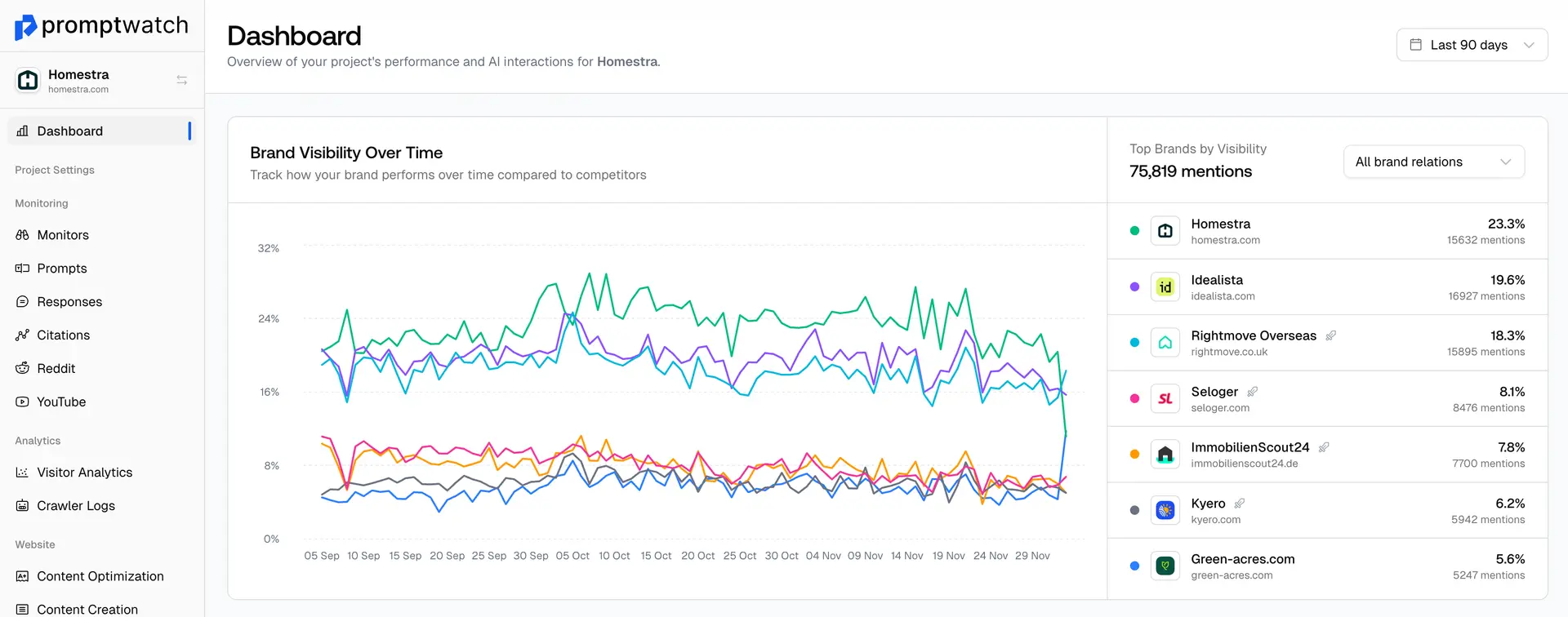Definition
AI Content Generation is the process of using artificial intelligence systems to create text, images, audio, video, and other content types for marketing, communication, and business purposes. This technology leverages large language models and other AI systems to produce content that can range from simple social media posts to comprehensive articles and marketing materials.
The AI content generation process involves providing AI systems with prompts, instructions, and context, then using their capabilities to generate relevant content based on patterns learned from training data. Modern AI content generation can produce human-like text, create images from textual descriptions, generate code, and even compose music or video scripts.
For businesses, AI content generation offers significant efficiency and scalability benefits, enabling content creation at unprecedented speeds and volumes. However, effective use requires human oversight to ensure accuracy, maintain brand voice, and add the expertise and creativity that AI systems cannot replicate.
In the context of GEO and AI optimization, understanding AI content generation is crucial because it represents both a tool for content creation and a factor in how AI systems evaluate and cite content. AI-generated content that maintains high quality and demonstrates expertise can perform well in AI citations, but it requires careful implementation to avoid detection issues and maintain authenticity.
Effective AI content generation strategies involve using AI as a tool to enhance human creativity, maintaining quality control and fact-checking, adapting AI-generated content to specific brand voices and requirements, and ensuring all content provides genuine value to users.
Examples of AI Content Generation
- A marketing team using AI to generate initial blog post drafts, then adding original insights and expertise before publication
- An e-commerce company using AI to create product descriptions while maintaining consistent brand voice and technical accuracy
- A news organization using AI to generate story summaries and outlines while ensuring journalistic accuracy and fact-checking
- A consulting firm using AI to create presentation drafts and research summaries while adding proprietary methodologies and case studies
